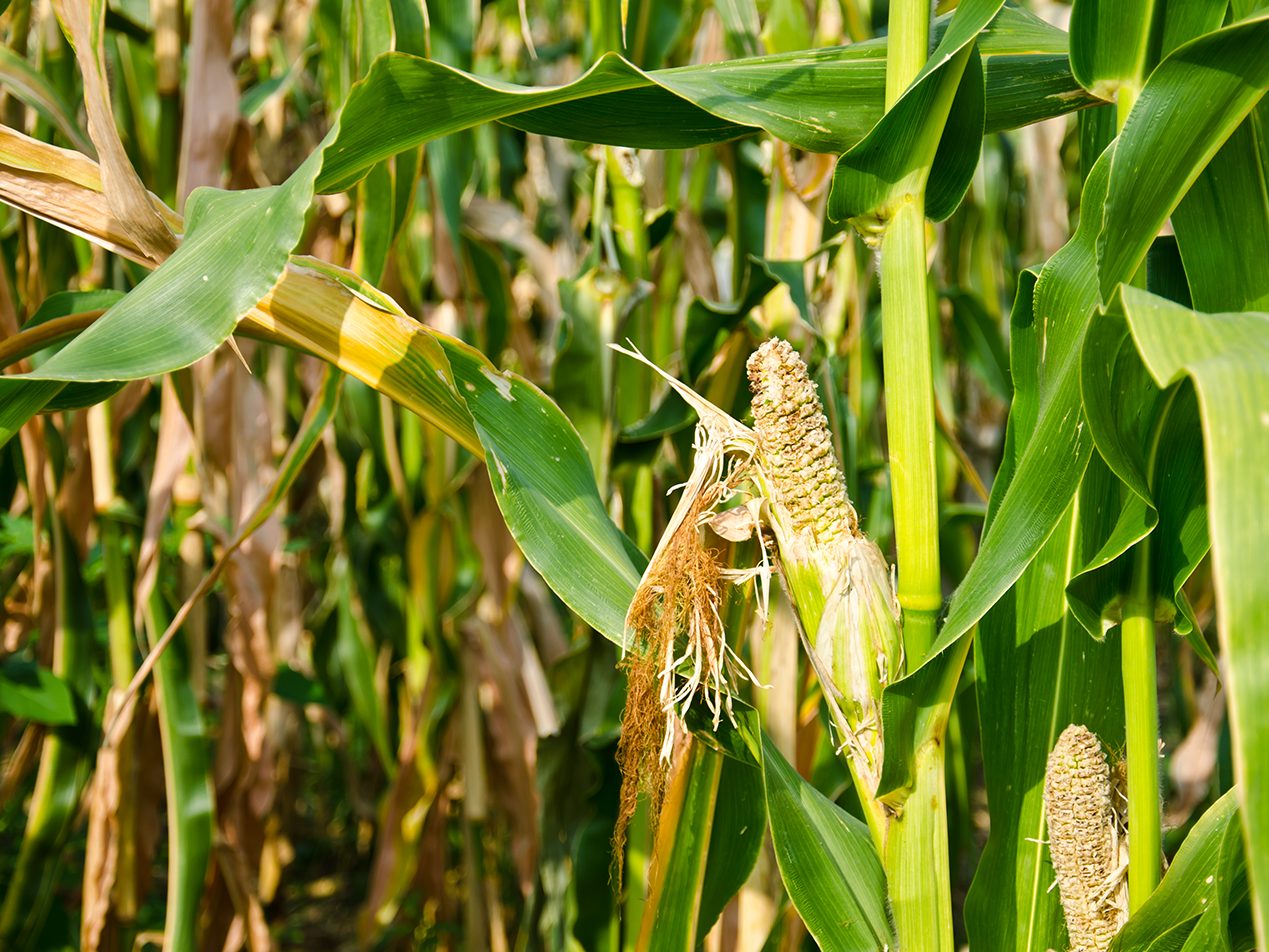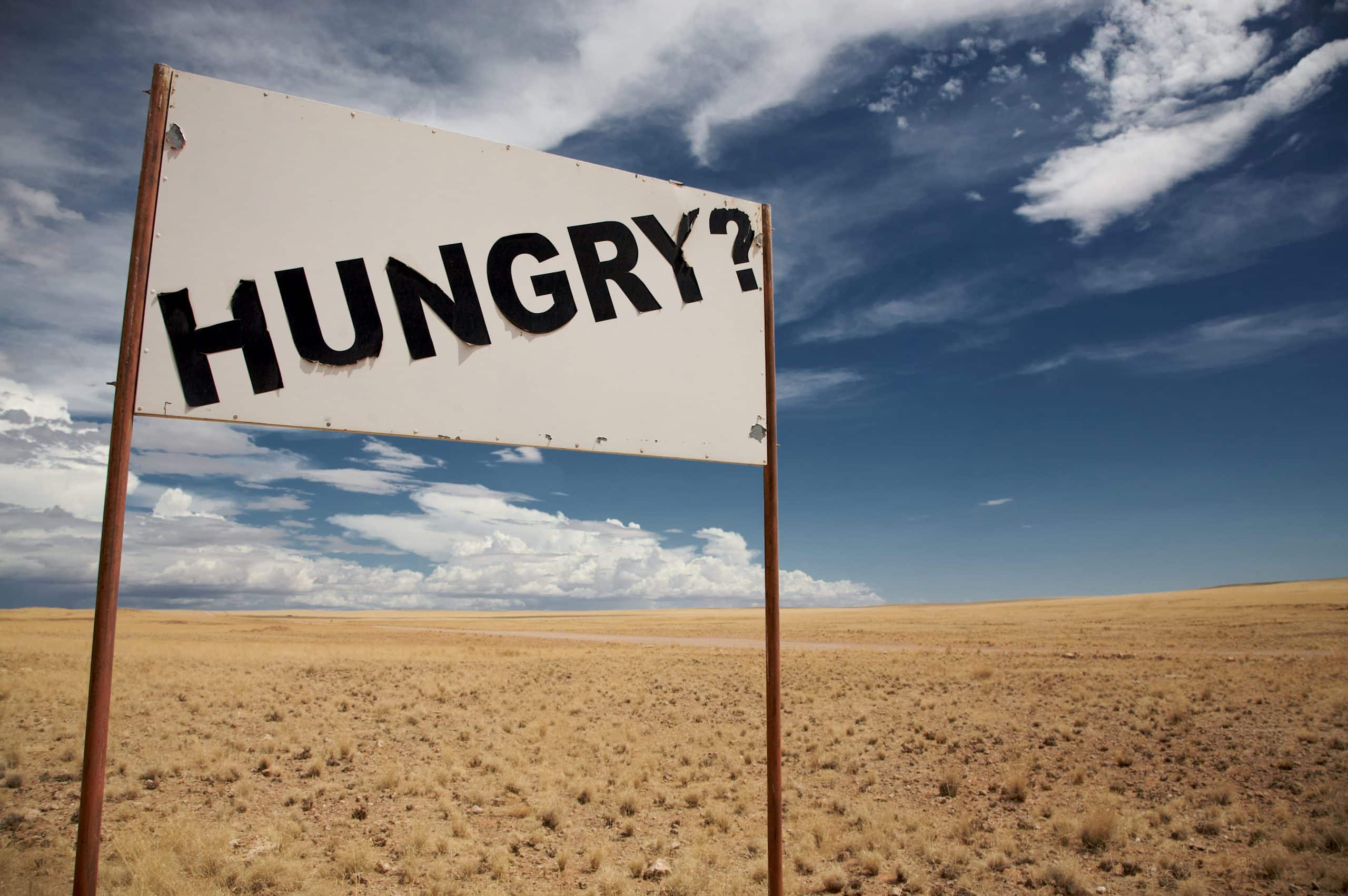
Definition
Food Insecurity is defined by the U.S. Department of Agriculture ( USDA) as a disruption of food intake or eating patterns. When money to buy food is limited or nonexistent, the risk for Food Insecurity rises. In addition, Food Insecurity can also be caused by macro events:- Drought
- Shipping disruptions
- Fuel shortages
- Economic recession
- War
Why is Food Insecurity important?
Food Insecurity places a significant burden on society via increased healthcare and social costs. For example, people living with Food Insecurity likely have a nutrient-poor diet, which has a role in the development of:- Obesity
- Heart disease
- Hypertension
- Diabetes
- Other chronic diseases
In addition, Food Insecure families may postpone necessary medical care to buy food instead. Another outcome may be that they underuse medicine because of budget constraints, which then leads to costly (and avoidable) visits to the Emergency Room.
Food Insecurity vs. Hunger
While Food Insecurity is typically associated with low income households, it does not share the same definition as hunger. Hunger refers to a physical sensation of discomfort, while Food Insecurity refers to a lack of available financial resources to acquire food.
Levels of Food Insecurity
In 2006, the USDA created two categories of Food Insecurity:- Low food security. Indicators of low food security include reduced quality, variety, or desirability of diet. It should be noted at this stage, there is little to zero indication of reduced food intake.
- Very low food security. At this stage, leading indicators are reports of multiple instances of disrupted eating patterns and reduced food intake.
Food Insecurity and Population Health
Population Health deals with the health outcomes of a group of individuals, including the distribution of such outcomes within the group. In other words, Population Health takes into consideration both the health outcomes of a region and how they are distributed between groups. When it comes to Food Insecurity, there is a tight correlation with Population Health when you consider the fact that geographic regions may be considered Food Deserts. For example, in a region where access to fresh food is not available and fast food restaurants are instead in abundance, that's likely a leading indicator of Food Insecurity.Related Items:
- Food Deserts
- Secure Email Marketing for Population Health
- Secure Patient Outreach via HIPAA Compliant Email Marketing
- Patient Engagement and HIPAA Compliance: What You Need to Know
Try Paubox Marketing for free and make your email marketing HIPAA compliant today.
Subscribe to Paubox Weekly
Every Friday we'll bring you the most important news from Paubox. Our aim is to make you smarter, faster.

 Hoala Greevy
Hoala Greevy



